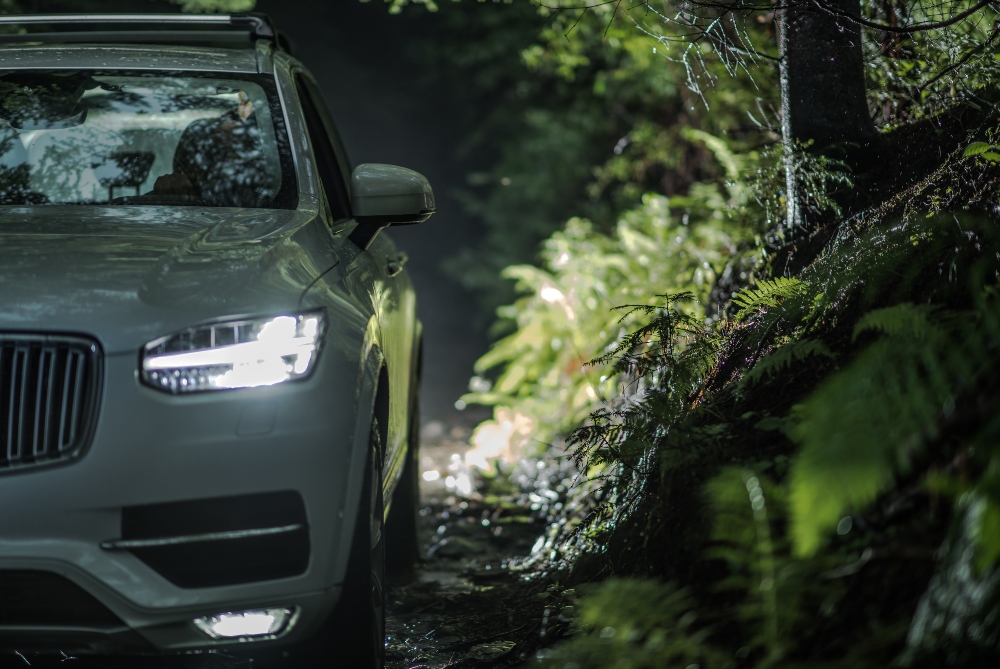
Off Road Driving at Night:awd,drive,forest,night,lighting,headlight,lights,vehicle,car,automotive,nature,rainy,rain,forestry,forest,wilderness,gravel,wet,slippery,unpaved,transport,transportation,getaway,4x4,rainfall,travel,driving,traveling,destination,evening,darkness,dark,horizontal,all wheel drive
Driving in extreme weather isn’t recommended. However, there are times when it is unavoidable. Here are some expert tips to help you through some of the worst times.
Stay Aware of Bad Drivers
The biggest issue you will probably run into is bad drivers, which may seem obvious. However, it can be difficult to understand how some people obtained their licenses, so it’s important to watch out for dangerous drivers. For instance, an idiot in an 18-wheeler may pull up in front of you without using his turn signal, even when it’s foggy or raining. Suppose you’re fortunate enough to avoid the worst but were still hit. In that case, you can settle a dispute by working with a reliable truck accident lawyer. However, even the best attorney can’t remove idiots from roads.
Keep an Eye on Forecasts
Of course, you should avoid driving in extreme weather if at all possible. It’s frightening how quickly you can become blindsided by a gust of wind, incoming hailstones, or slippery conditions. Most weather reports will promptly tell you to stay inside during adverse conditions. But if you are likely to miss weather reports on TV, sign up for weather alerts using your smartphone. Apps like Carrot Weather and AccuWeather will provide you with the most up-to-date information, including incoming storm trajectories and dangerous conditions.
Cars driving in rain – Image Courtesy of Pexels
Drive Carefully when Driving in Extreme Weather
The ability to drive is a lifelong skill that you can master. Of course, a bad habit will only get worse. But you can improve road safety by making a few minor adjustments. Some can be completed before leaving, while others must be completed while driving your vehicle:
- Check your for common issues before leaving home or work (lights, fuel, tires, etc.).
- Stick to the speed limit or under when the visibility is low, or conditions are slippery.
- Try to know your exact route to minimize exposure to the elements.
- Drive responsibly with smooth braking to avoid losing grip.
- Always signal when making a turn and use high beams if necessary.
A quick vehicle check can decrease the likelihood of an unfortunate crash or even a roadside breakdown. It is dangerous to drive in bad weather. However, a GPS system or smartphone app can help you get where you need to be in the shortest amount of time.
Stay Off Your Phone
1.6 million accidents a year in the United States alone are caused by texting or talking on the phone while driving. Nearly everywhere has laws against using a phone while driving because the distraction it causes is just as risky as doing so while drunk. And doing so in bad weather, such as a storm, is asking for trouble. No call is worth risking other people’s lives. Therefore, if you don’t think you’ll be able to help, put the phone on silent, off, or in the glove box until you arrive where you are going. You can always check on others when you’re in a safe place.
Remember How Dangerous a Vehicle Is
You should remember that a car, truck, or van is like a high-speed weapon, especially if misused. And when the weather is unsatisfactory, the chances of an incident increase. For example, there are times when you might unintentionally lose control of your vehicle because of black ice or a sudden gust of wind. However, driving carefully, or better yet, not driving at all, will help you avoid a possible collision, injury, or pedestrian fatality. Even at 30 miles per hour, the damage to someone walking by could be life-changing or worse.
Summary
No one really wants to drive in extreme weather when it’s dangerous. But you can help yourself by being aware of bad drivers and carefully respecting the vehicle.


